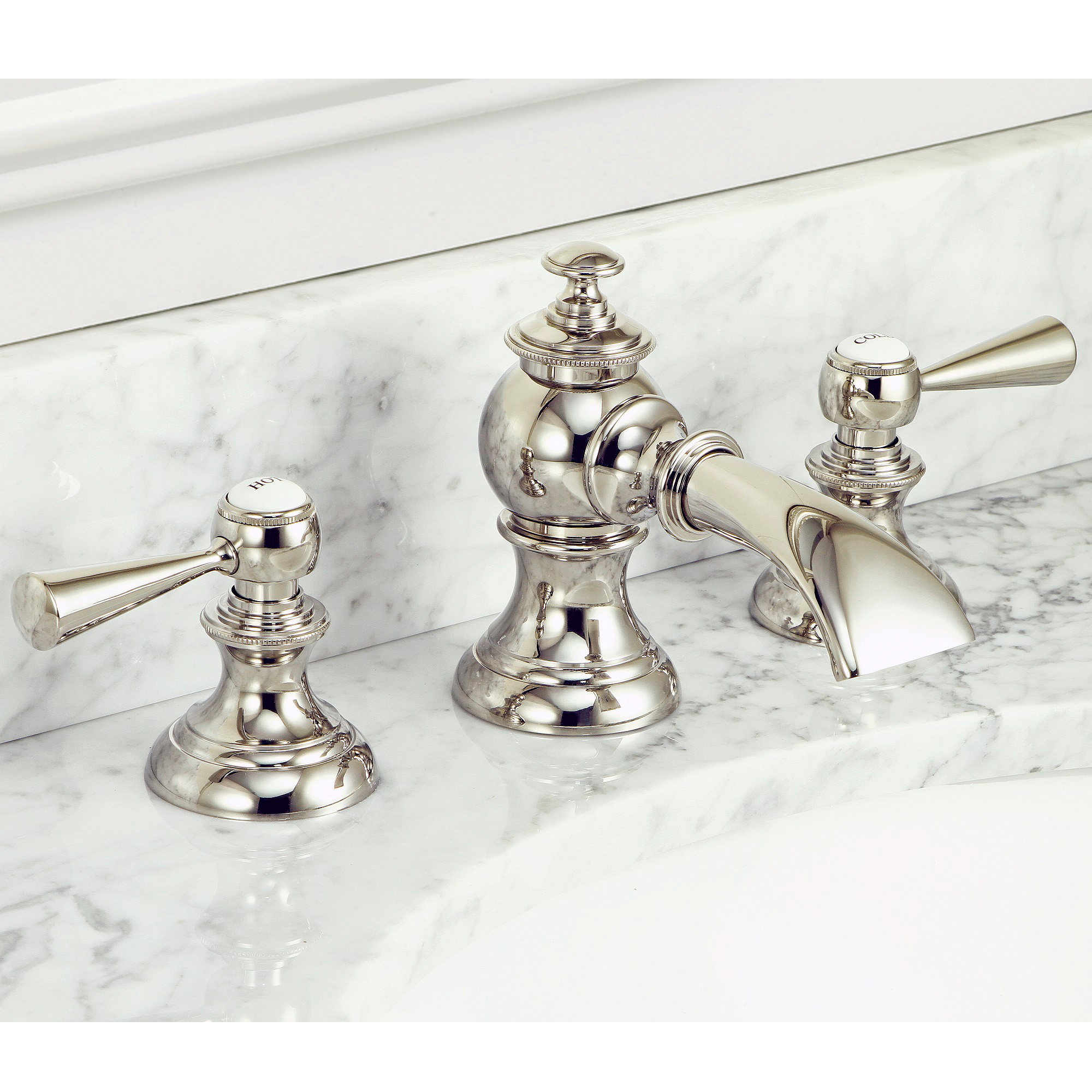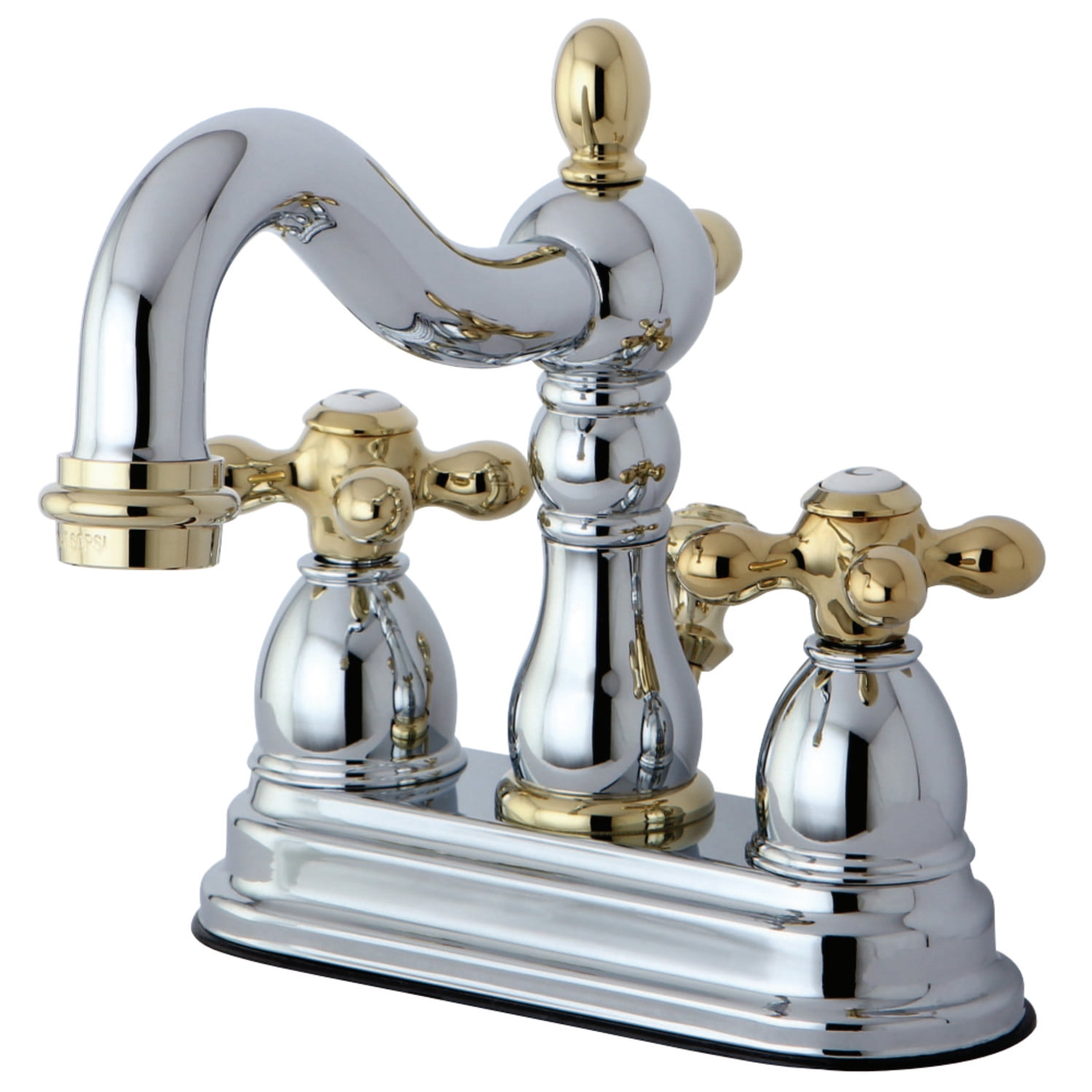The Rise of Sustainable Bathroom Design

The bathroom, once a space solely focused on functionality, is undergoing a transformation driven by a growing awareness of environmental responsibility. This shift is evident in the increasing demand for sustainable bathroom fixtures, particularly faucets, which are often overlooked in the pursuit of eco-friendly practices.
The Growing Concern for Plastic Waste in Bathroom Fixtures
The prevalence of plastic in bathroom fixtures has become a significant environmental concern. Plastic components, while initially cost-effective, contribute to a substantial amount of plastic waste that ends up in landfills and pollutes our oceans. The production of plastic also consumes vast amounts of fossil fuels, further contributing to greenhouse gas emissions. This has led to a growing demand for bathroom fixtures that minimize plastic use and prioritize sustainable materials.
Environmental Benefits of Metal and Ceramic Materials in Bathroom Faucets
Metal and ceramic materials offer a compelling alternative to plastic in bathroom faucets, boasting numerous environmental advantages. Metal, primarily brass and stainless steel, is durable, recyclable, and often sourced from recycled materials. Ceramic, particularly in the form of porcelain, is a naturally occurring material that is also recyclable and known for its longevity.
Using metal and ceramic materials in bathroom faucets reduces the reliance on plastic, thereby mitigating plastic waste and its associated environmental impacts.
Examples of Manufacturers Prioritizing Sustainable Practices in Faucet Production
Several manufacturers are leading the charge in sustainable bathroom design, emphasizing the use of metal and ceramic materials in their faucet production. These manufacturers often employ practices that minimize environmental impact, such as:
- Using recycled materials: Many manufacturers incorporate recycled metal in their faucet production, reducing the demand for virgin materials and lowering their carbon footprint.
- Implementing water-saving technologies: Sustainable faucet designs often feature water-saving technologies like aerators and flow restrictors, reducing water consumption without compromising performance.
- Adopting eco-friendly manufacturing processes: Manufacturers are increasingly adopting eco-friendly practices in their production processes, minimizing energy consumption, waste generation, and water usage.
Materials Used in Plastic-Free Faucets

Choosing a bathroom faucet without plastic parts means opting for a durable and sustainable design. This often translates to using metals, which offer a range of benefits in terms of longevity, aesthetics, and resistance to corrosion.
Bathroom faucets without plastic parts – The most common metals used in plastic-free bathroom faucets include:
Common Metals Used in Plastic-Free Faucets
- Brass: A popular choice due to its durability, corrosion resistance, and affordability. Brass is an alloy of copper and zinc, often used in traditional and contemporary faucet designs.
- Bronze: Known for its resistance to corrosion and its distinctive, warm color. Bronze is an alloy of copper and tin, often used in high-end faucets and those with an antique finish.
- Stainless Steel: Highly durable and resistant to corrosion, stainless steel is often used in modern faucets. It is also known for its sleek, polished finish.
- Nickel: A highly corrosion-resistant metal that is often used in plating other metals, such as brass or bronze. Nickel plating enhances the durability and aesthetic appeal of faucets.
The choice of metal depends on the desired aesthetic, durability, and budget. Brass is often a cost-effective option, while bronze and stainless steel offer a more luxurious feel. Nickel plating can be used to enhance the durability and finish of any of these metals.
Comparison of Metal Durability, Corrosion Resistance, and Aesthetics
Each metal offers unique advantages and disadvantages:
| Metal | Durability | Corrosion Resistance | Aesthetics |
|---|---|---|---|
| Brass | High | Good | Traditional or contemporary |
| Bronze | Very high | Excellent | Antique or rustic |
| Stainless Steel | Very high | Excellent | Modern or minimalist |
| Nickel | High | Excellent | Various finishes, often used as plating |
Ceramic Cartridges in Faucets
Ceramic cartridges are a key component in plastic-free faucets. They replace traditional rubber washers, which are prone to wear and tear, leading to leaks. Ceramic cartridges are known for their:
- Durability: Ceramic is a hard and wear-resistant material, ensuring a longer lifespan for the faucet.
- Smooth Operation: The smooth surface of ceramic cartridges provides a more precise and consistent water flow control.
- Leak-Proof Design: Ceramic cartridges create a tight seal, minimizing the risk of leaks.
However, ceramic cartridges can be more expensive than rubber washers. In case of damage, they may need to be replaced entirely. While ceramic cartridges are a significant advancement in faucet technology, it’s important to choose a reputable manufacturer for optimal performance and longevity.
Design Considerations for Plastic-Free Faucets: Bathroom Faucets Without Plastic Parts
Designing faucets without plastic components presents unique challenges, as plastic has long been a go-to material due to its versatility, affordability, and ease of molding. However, the growing concern for environmental sustainability and the need for durable, long-lasting products are driving the shift towards plastic-free alternatives.
Challenges and Solutions in Plastic-Free Faucet Design
The absence of plastic in faucet design necessitates innovative solutions to address functionality and aesthetics. The following are some of the challenges and their corresponding design solutions:
Functionality
- Durability and Resistance: Plastic is known for its resilience and resistance to corrosion, making it ideal for components like aerators and cartridges. However, metal alternatives, such as stainless steel and brass, offer comparable durability and corrosion resistance, ensuring longevity and reliable performance.
- Water Flow Control: Plastic is commonly used in the internal mechanisms of faucets, such as cartridges and valves, to control water flow and temperature. Plastic-free designs often rely on ceramic disc cartridges, which offer precise control and are known for their smooth operation and long lifespan.
- Temperature Regulation: Plastic parts are often employed in temperature control mechanisms, ensuring accurate and responsive temperature adjustments. Metal alternatives, like brass and stainless steel, are now being used in temperature control systems, offering superior thermal conductivity and precise temperature regulation.
Aesthetics
- Surface Finish: Plastic allows for a wide range of surface finishes, including chrome, nickel, and brushed finishes. However, metal finishes, such as polished chrome, brushed nickel, and matte black, offer a more premium and sophisticated aesthetic, enhancing the overall look and feel of the faucet.
- Design Flexibility: Plastic’s malleability allows for complex and intricate designs, creating unique and aesthetically pleasing faucets. Metal fabrication techniques, such as casting and machining, are now being used to create intricate and elegant designs, allowing for greater creative freedom in faucet design.
- Sustainability: While plastic can be recycled, it often ends up in landfills, posing environmental concerns. Using sustainable materials, like recycled metals, in faucet design minimizes the environmental impact and aligns with the principles of responsible design.
Innovative Design Solutions for Plastic-Free Faucets
- Ceramic Disc Cartridges: These cartridges are made of durable ceramic discs that control water flow and temperature. They are known for their smooth operation, precise control, and long lifespan, making them a popular choice for plastic-free faucets.
- Metal Aerators: Aerators are used to mix air with water, creating a smoother and more pleasant flow. Metal aerators are more durable and resistant to corrosion than plastic counterparts, ensuring long-lasting performance.
- Solid Brass Construction: Solid brass construction is becoming increasingly popular in plastic-free faucets. Brass offers excellent durability, corrosion resistance, and thermal conductivity, contributing to the faucet’s overall performance and aesthetics.
Comparison of Plastic-Free Faucet Designs, Bathroom faucets without plastic parts
The following table compares the features and benefits of different types of plastic-free faucet designs:
| Design Type | Features | Benefits |
|---|---|---|
| Ceramic Disc Cartridge Faucet | Durable ceramic discs control water flow and temperature | Smooth operation, precise control, long lifespan, resistant to wear and tear |
| Solid Brass Faucet | Constructed entirely of brass, including the internal mechanisms | Durable, corrosion-resistant, aesthetically pleasing, offers excellent thermal conductivity |
| Stainless Steel Faucet | Made from stainless steel, known for its durability and resistance to corrosion | Durable, corrosion-resistant, hygienic, easy to clean, modern aesthetic |
Maintenance and Durability of Plastic-Free Faucets
The longevity and performance of plastic-free bathroom faucets depend heavily on proper maintenance and care. Unlike plastic counterparts, metal and ceramic faucets are more robust but still require regular cleaning and attention to ensure optimal functionality and lifespan.
Cleaning and Maintenance Procedures
Regular cleaning is essential for maintaining the aesthetic appeal and functionality of metal and ceramic faucets.
- Daily Cleaning: Wipe down the faucet with a soft, damp cloth to remove any water spots, fingerprints, or soap residue. Use a mild dish soap if needed.
- Weekly Cleaning: Clean the faucet more thoroughly using a specialized cleaner designed for metal or ceramic surfaces. Avoid harsh chemicals or abrasive cleaners that can damage the finish.
- Regular Inspection: Inspect the faucet for any signs of wear and tear, such as loose handles, dripping, or leaks. Address these issues promptly to prevent further damage.
Cost and Availability of Plastic-Free Faucets

The transition to plastic-free bathroom fixtures is a significant step towards a more sustainable future, but it’s natural to wonder about the financial implications. Plastic-free faucets often come with a higher price tag compared to their traditional plastic counterparts. However, this difference can be understood by considering the factors that contribute to their cost.
Price Comparison
The price range of plastic-free faucets can vary depending on the materials used, design complexity, and brand reputation. While a basic plastic faucet might cost around $50-$100, a high-quality plastic-free faucet can range from $200 to $1000 or more. This price difference reflects the use of premium materials like solid brass, ceramic, and stainless steel, which are more durable and aesthetically pleasing.
Reputable Manufacturers and Retailers
Several reputable manufacturers and retailers specialize in plastic-free bathroom fixtures.
- Grohe is a leading brand known for its innovative and sustainable designs, including plastic-free faucets.
- Kohler offers a wide range of plastic-free faucets, incorporating sustainable materials and design principles.
- Moen has also expanded its product line to include plastic-free faucets, catering to the growing demand for eco-friendly bathroom fixtures.
These manufacturers are available through various online retailers like Amazon, Home Depot, and Lowe’s, as well as specialized plumbing supply stores.
Factors Influencing Cost
Several factors contribute to the cost of plastic-free faucets.
- Material Selection: High-quality materials like solid brass, ceramic, and stainless steel are more expensive than plastic. These materials offer superior durability, corrosion resistance, and aesthetic appeal, justifying the higher price.
- Design Complexity: Intricate designs, such as those with intricate details or advanced functionalities, require more labor and manufacturing processes, increasing the cost.
- Brand Reputation: Established brands with a reputation for quality and innovation often command higher prices. However, this premium pricing reflects the assurance of durability, performance, and warranty support.
